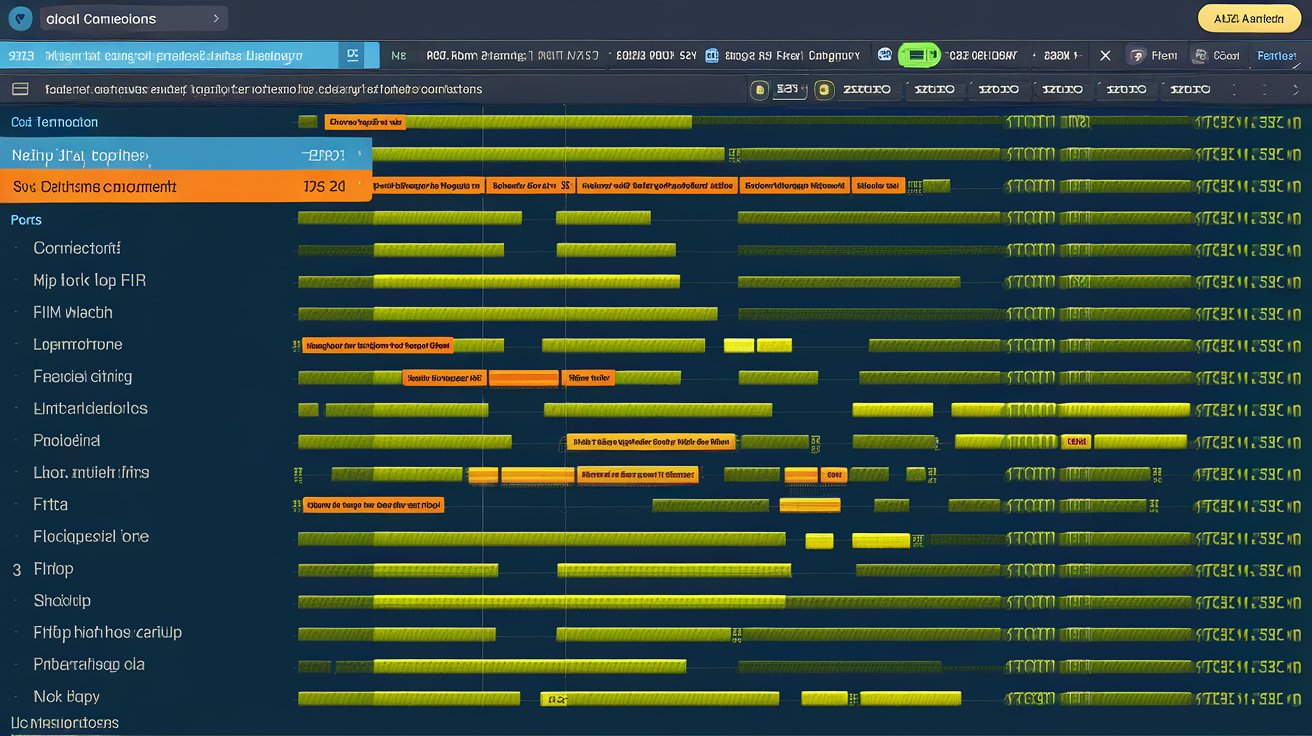When it comes to networking and computers, there’s a lot more than meets the eye. One such component that often goes unnoticed is the “localhost” connection, particularly when it comes to the specific combination of IP address and port number. In this article, we will dive into the significance of 127.0.0.1:62893—a combination that might seem cryptic at first but plays a vital role in the digital landscape of your local computer.
What is 127.0.0.1:62893?
127.0.0.1:62893 refers to a specific network connection on your computer. This combination includes two critical components: the IP address 127.0.0.1 and the port number 62893. Let’s break down these terms for a better understanding.
The IP Address: 127.0.0.1
The IP address 127.0.0.1 is known as the loopback address. It is a special IP address used to refer to your own computer in a networking context. When you type 127.0.0.1 into your web browser, you’re essentially telling your computer to look at itself. This is like saying “me” or “self” in everyday conversation but in the language of computers.

The Port Number: 62893
The number 62893 is a port number. Ports act like virtual doors on your computer, allowing specific applications or services to communicate with each other. Think of your computer as a house, with each port being a different door that leads to a specific room or service. In the case of 127.0.0.1:62893, port 62893 is being used by a particular service running on your local machine.
Why is 127.0.0.1:62893 Important?
The combination of 127.0.0.1 and 62893 is not just a random set of numbers. This specific address is crucial for various scenarios in web development, network testing, and even remote access. Let’s explore how 127.0.0.1:62893 is used in these contexts.
Also Read: Your Topics | Multiple Stories: A Deep Dive
Web Development
For web developers, 127.0.0.1:62893 is a common setup when running a web server on their local machine. Before launching a website or application to the public, developers often test everything on their local computer. By using 127.0.0.1:62893, they can simulate how the website or application will behave on a live server without actually exposing it to the internet. This allows for safe testing, debugging, and development.
Network Testing
Network administrators and IT professionals frequently use 127.0.0.1:62893 to test network connectivity. By directing network traffic to 127.0.0.1, they can troubleshoot issues with local applications without affecting other devices on the network. This is particularly useful when trying to diagnose problems or ensure that a service is running correctly on a specific port like 62893.
Remote Access
Sometimes, applications or services use 127.0.0.1:62893 to connect different parts of the same computer or to communicate within a local network. For instance, a database server running on 127.0.0.1:62893 might interact with other services on the same machine, ensuring that data is processed and transmitted efficiently without the need to go outside the local environment.
Troubleshooting 127.0.0.1:62893
While 127.0.0.1:62893 is useful, there might be times when you encounter issues with this setup. Understanding what could go wrong and how to troubleshoot these problems is essential for anyone dealing with local network connections.
Common Issues
One of the most common issues with 127.0.0.1:62893 is a service failure or port conflict. Since 62893 is a port, multiple services cannot use it simultaneously on the same computer. If a second service attempts to use port 62893 while another is already using it, you’ll likely experience a conflict that could lead to errors or crashes.
How to Resolve Issues
If you’re facing problems with 127.0.0.1:62893, the first step is to check which service is currently using port 62893. On most operating systems, you can use built-in tools to list all active ports and the services associated with them. If you find that the port is in use by a service you don’t recognize or need, you can reconfigure the service to use a different port or stop it entirely.
Another approach is to review your system logs. These logs often contain detailed information about what went wrong, making it easier to pinpoint and resolve the issue. If you’re still unable to resolve the problem, consulting the documentation for any relevant applications might provide further insights.
The VersatilityVersatility of 127.0.0.1:62893
The beauty of 127.0.0.1:62893 lies in its VersatilityVersatility. Whether you’re a developer testing a new web application, an IT professional troubleshooting network issues, or simply someone curious about how your computer communicates internally, understanding this local connection is crucial. It reminds us that sometimes, the most critical elements of technology are the ones that work quietly in the background, ensuring everything runs smoothly.
Final Thoughts
127.0.0.1:62893 might seem like just a string of numbers, but its role in your computer’s network infrastructure is indispensable. From enabling local development to aiding in network troubleshooting, this combination of IP address and port number is a key player in the digital world. By understanding how 127.0.0.1:62893 works, you’re better equipped to manage, troubleshoot, and optimize the services on your computer, ensuring more efficient and effective use of your local resources.














